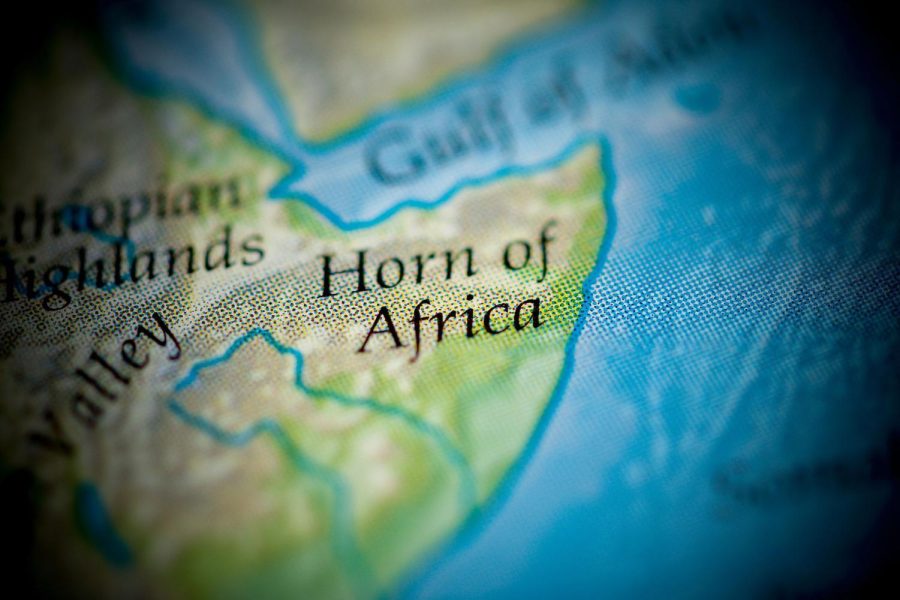Taking a look at climate change in the Horn of Africa
The world is a global village. Many things, issues, and factors connect us in this world.
Unfortunately, climate change is not one of those things.
The Horn of Africa is highly vulnerable to climate change, as it encompasses vast drylands and little to no water bodies, to begin with. Countries located on the peninsula- Somalia, Kenya, Eritrea, Ethiopia, and Djibouti will need water and food assistance through 2022.
The scale of the displacement is immense – Somalia has 3.7 million internally displaced persons, and Ethiopia has 4.2 million internally displaced persons and 800,000 refugees. The weather in the Horn is dry; there has been little to no rain for four consecutive years. In the Horn, the expected drought was one every decade, but the Horn of Africa has suffered from three this past decade alone.
“Consecutive years of below-average rainfall in the Horn of Africa have created one of the worst climate-related emergencies of the past 40 years.” read the UN-issued statement.
Climate change is upending the livelihoods of millions of people who farm and herd to live. It is driving families away from their homes, depleting water stocks, ensuing famines, threatening the lives of hundreds of thousands of people, and destabilizing communities. This sudden lack of water and frequent hot spells have impacted livestock, agriculture, fishing, and ecosystems, creating feuds between rival communities fighting to survive. Many of these states have been suffering from these issues for prolonged periods. The dire situation places millions of people at risk of malnutrition, waterborne disease, and death.
Strong evidence shows a clear connection between droughts and climate change. The excess pressure of climate change alters rainfall patterns and kills vegetation. The Horn of Africa has experienced droughts; However, the situation continues to worsen.
The progressing destruction of climate change continues to ravage African plains, despite countries in the Horn of Africa producing less than 4% of the global carbon emissions.


